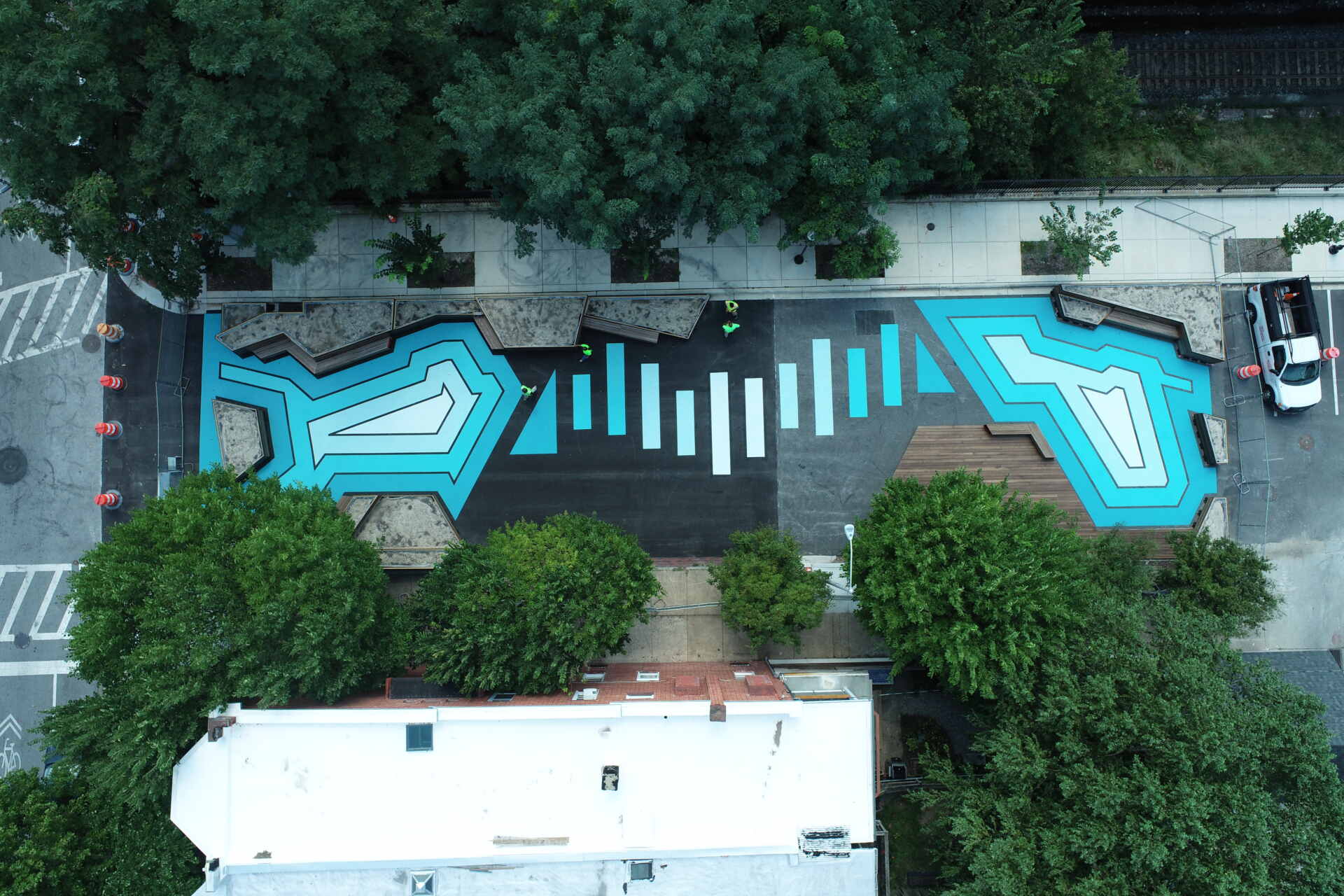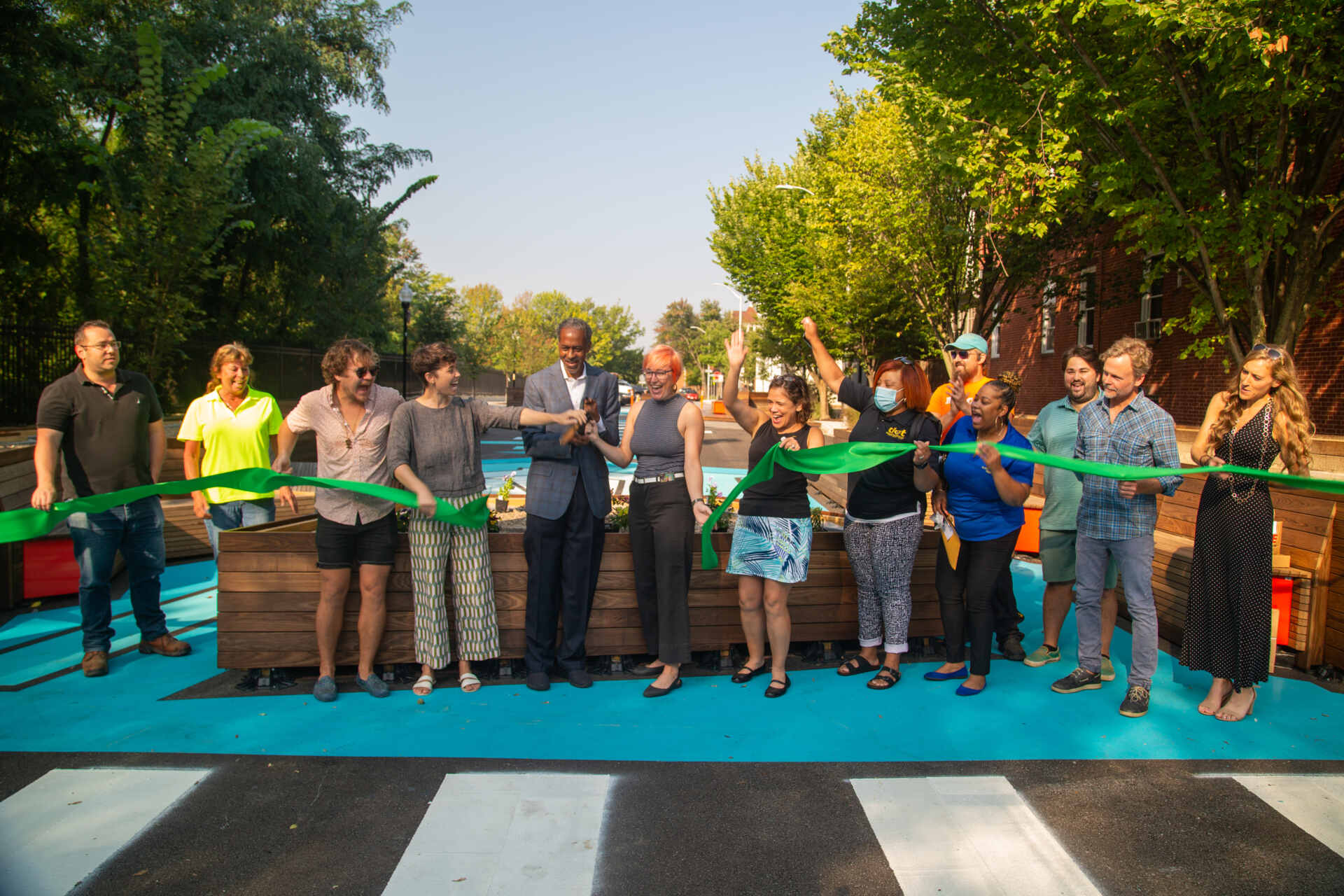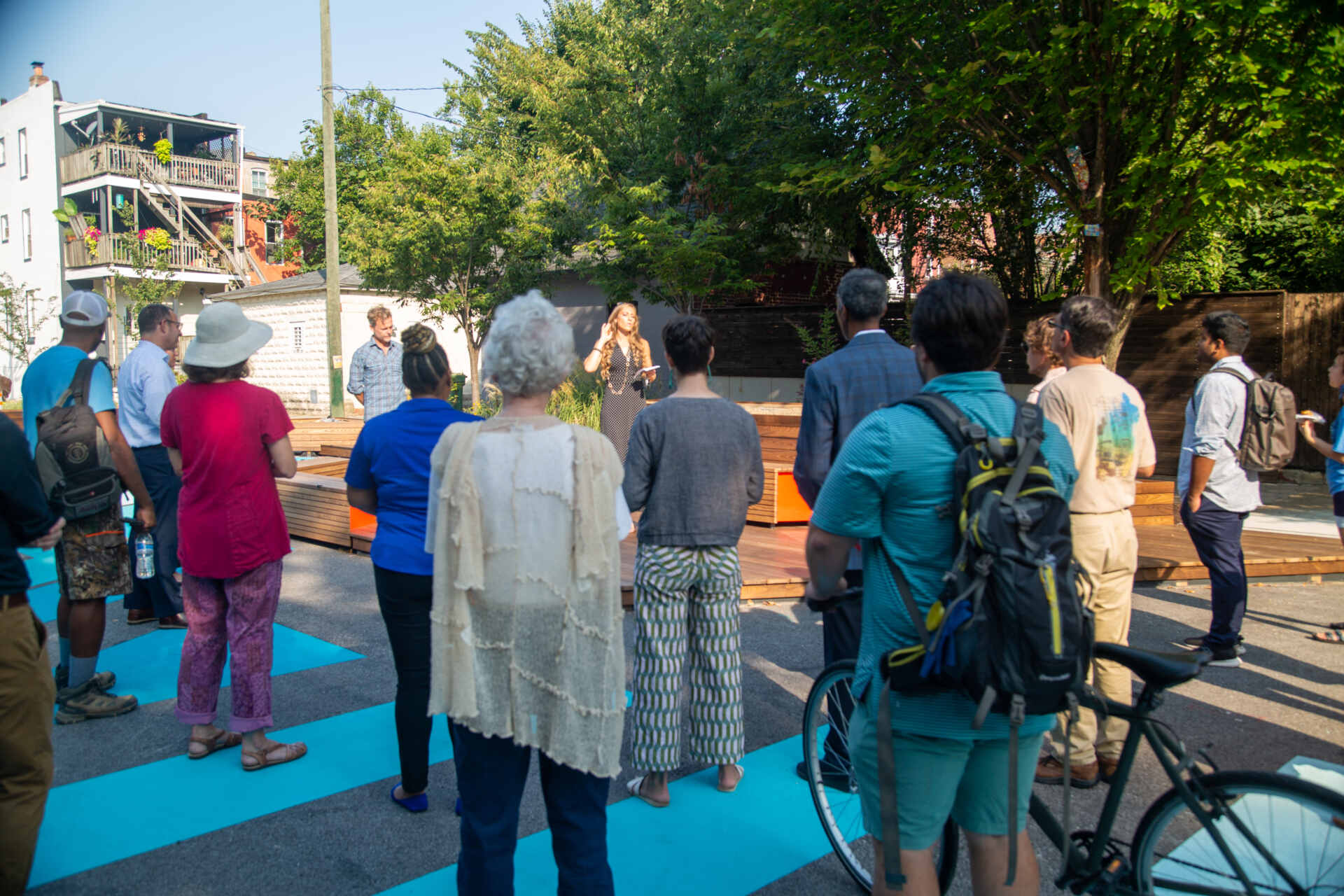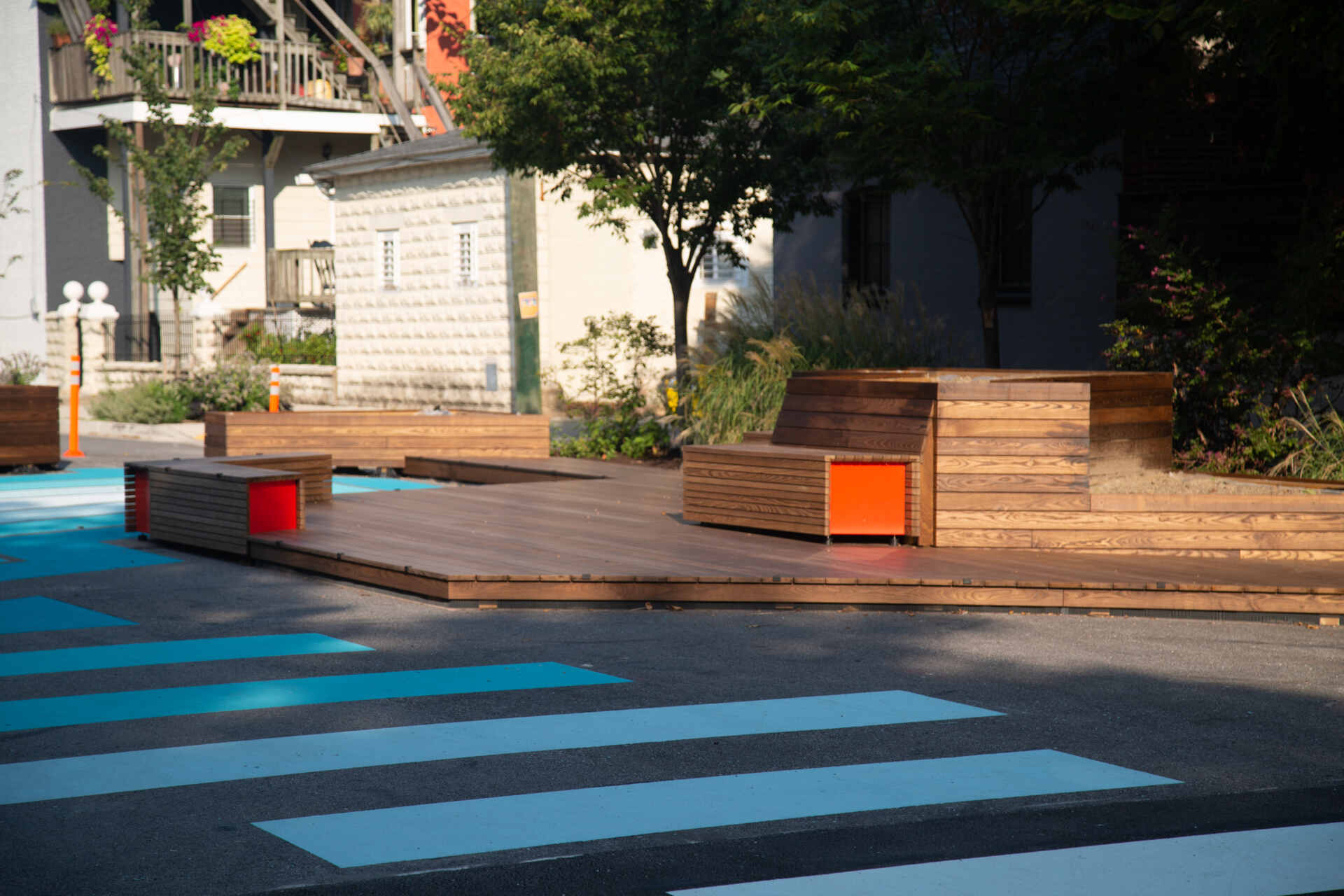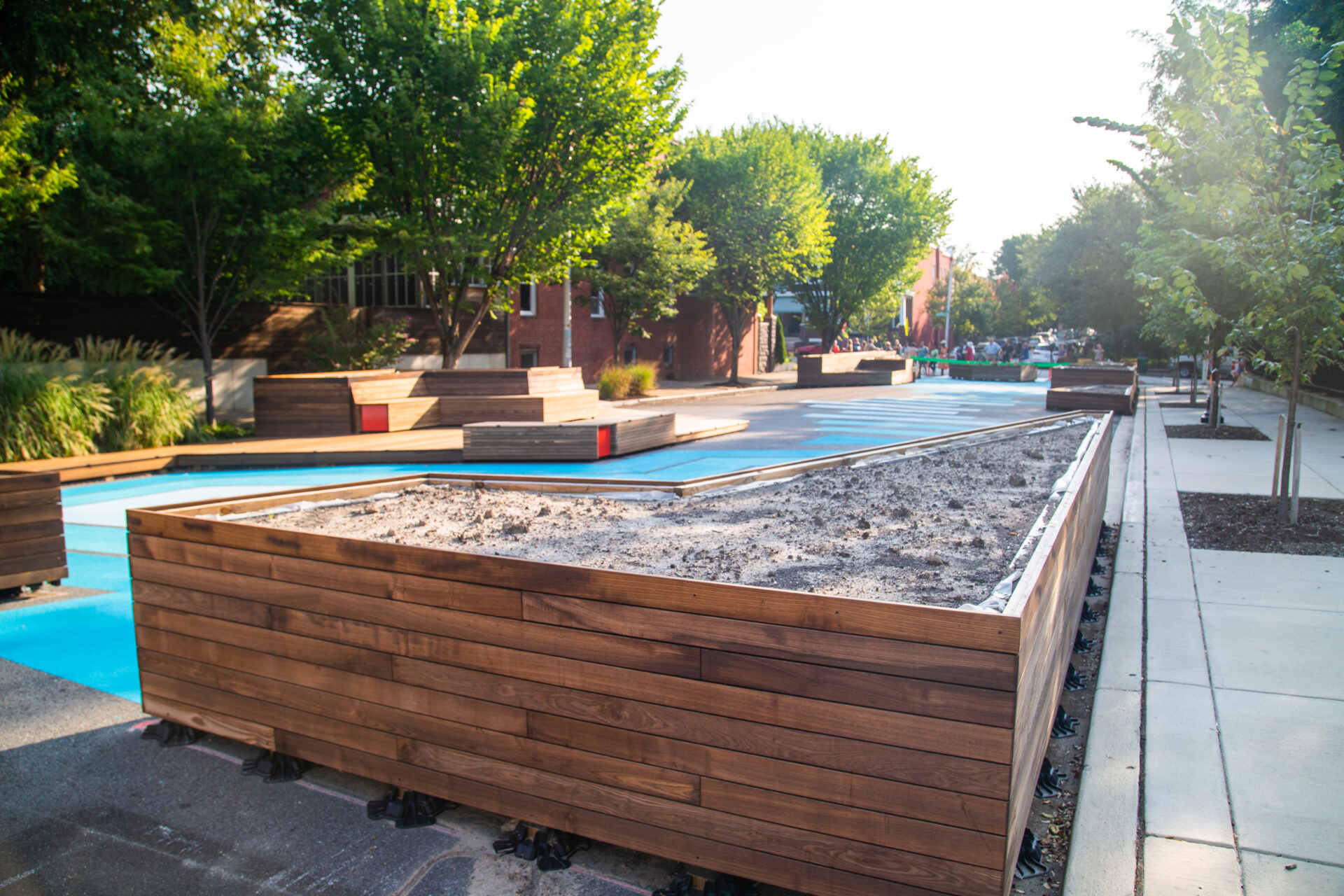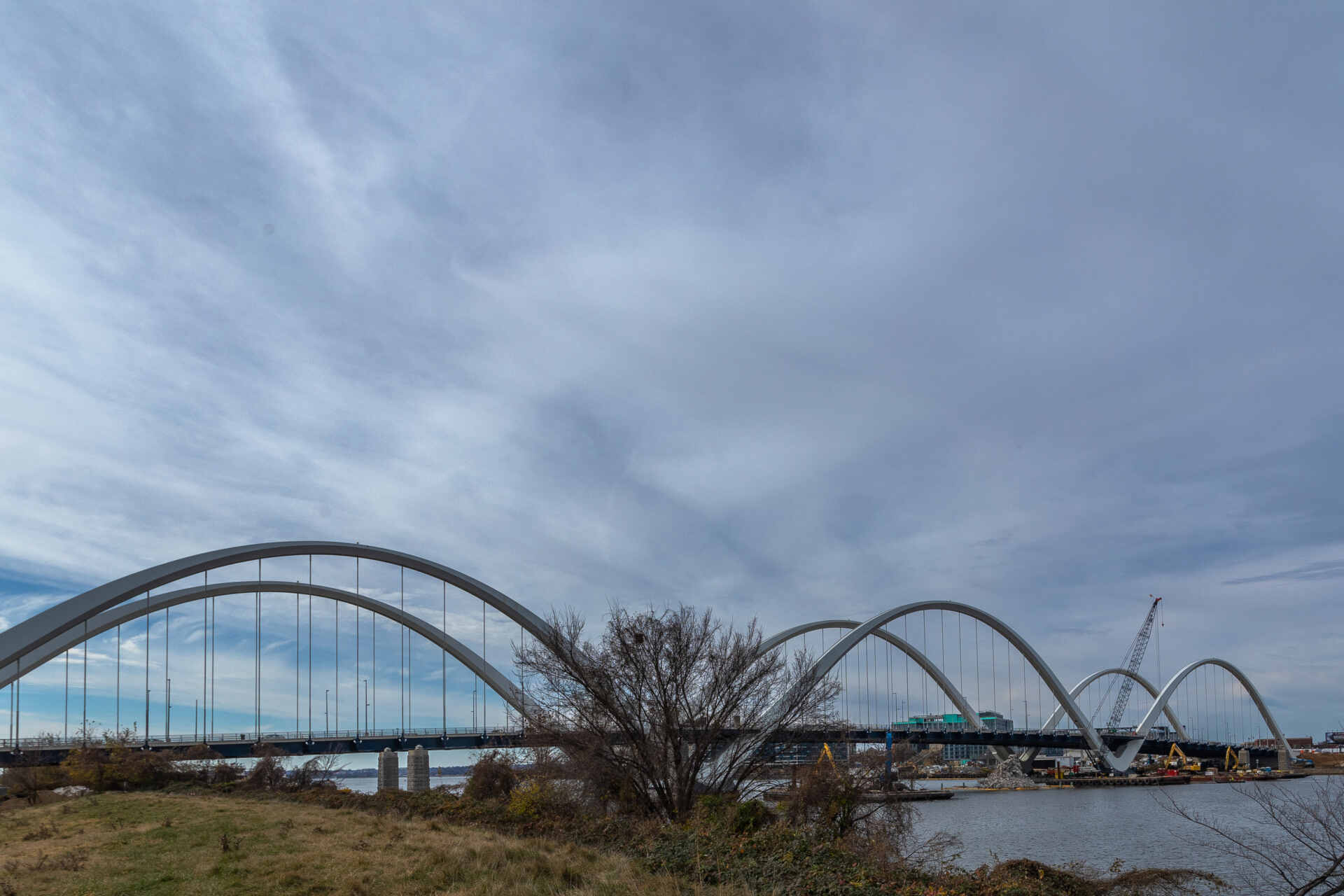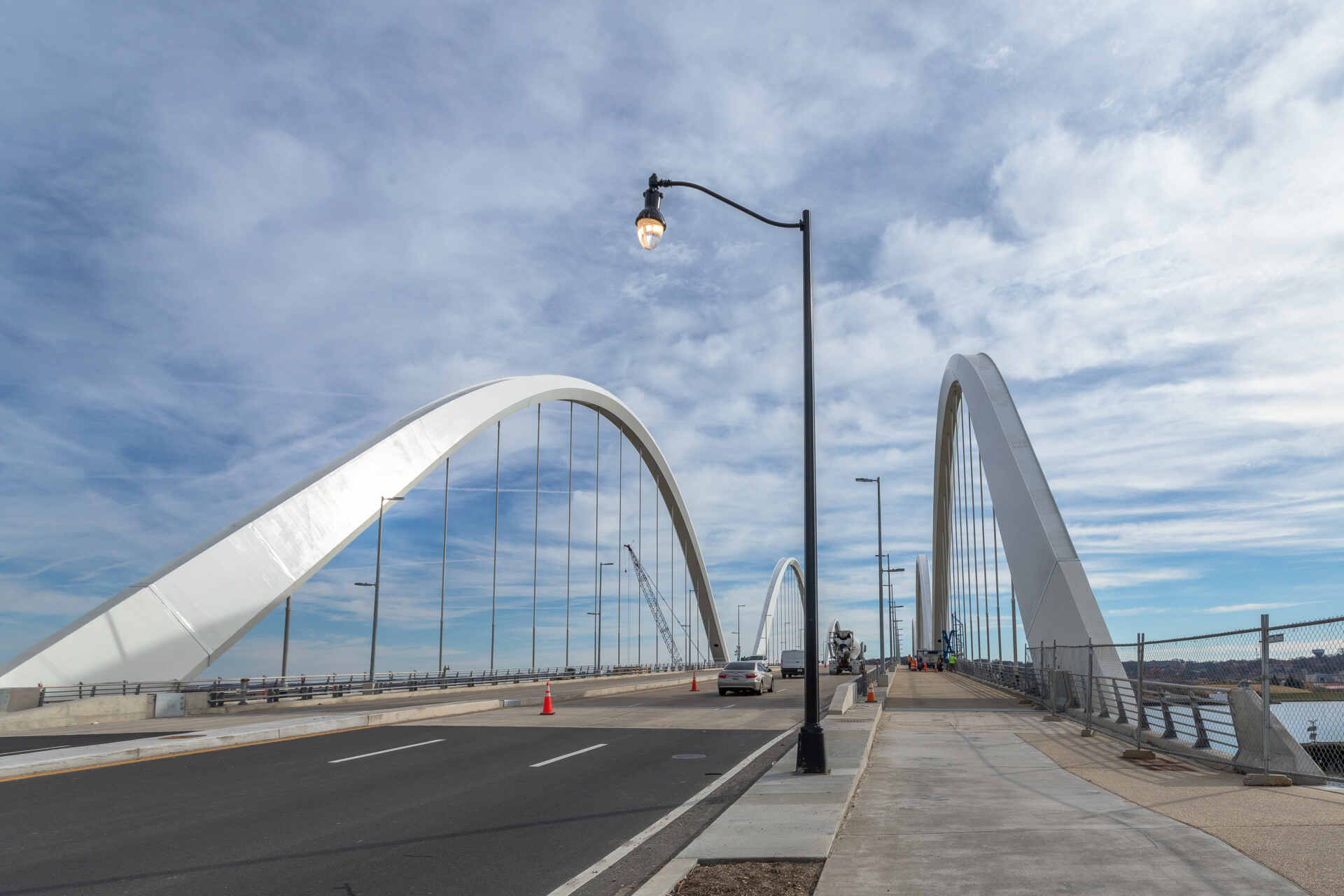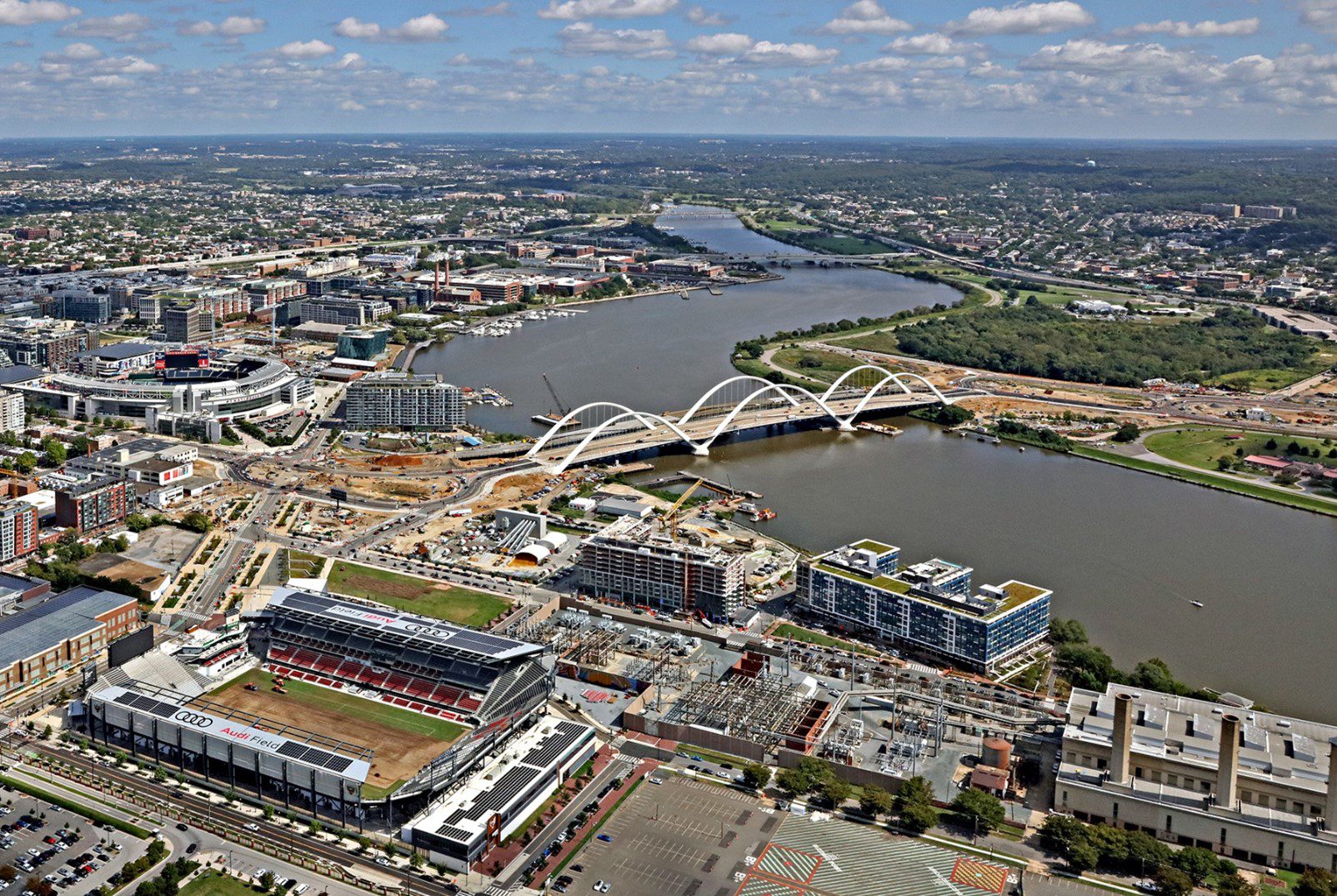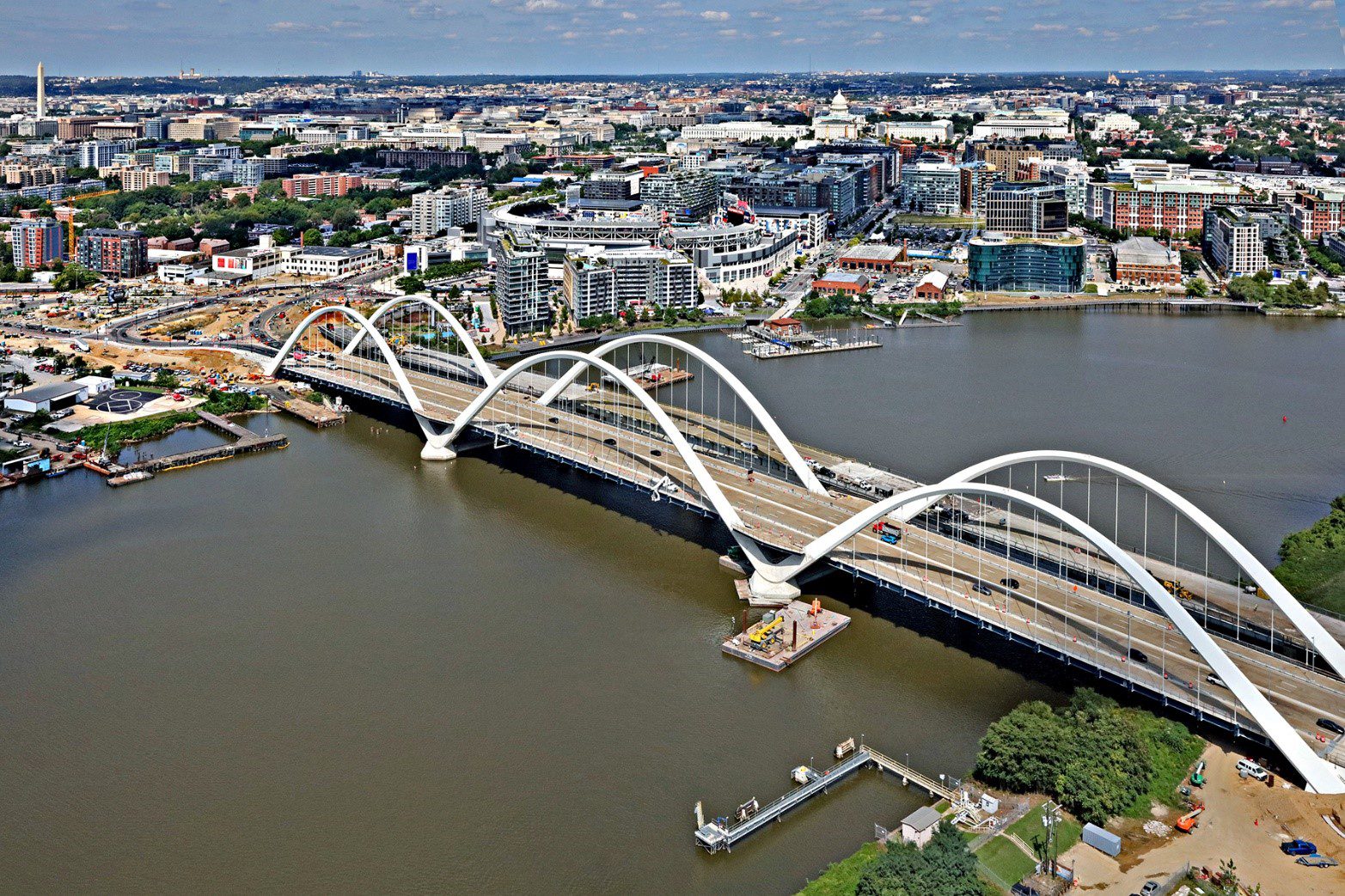On Tuesday, President Joe Biden signed into law the most substantial federal investment in U.S. history to fight the effects of climate change. The Inflation Reduction Act (IRA) would invest roughly $370 billion dollars over the decade towards clean energy and green infrastructure projects. The goal is to reduce emissions in every sector of the economy, including electricity production, transportation, industrial manufacturing, buildings, and agriculture.
The climate provisions I sign into law today are a big deal. Let me explain why: pic.twitter.com/b4QTqXGSaz
— President Biden (@POTUS) August 16, 2022
Experts believe wind and solar companies are among some of the biggest beneficiaries of the new law, which includes $30 billion for a production tax credit for wind and solar energy.
“RK&K’s engineering, design, and environmental service experts have successfully supported our clients with their offshore wind needs, including connections to onshore infrastructure,” said Utilities Director Patrick Hager, PE, ENV SP. “We are experienced and well positioned geographically along the Atlantic Coast to support offshore wind projects from landfall to the electric grid interface.”
RK&K is currently performing real estate consultant support services for a proposed offshore wind project that offers New Jersey as much as 2,300 MW of renewable power. This project is the largest single awarded project in the State of New Jersey and the second largest awarded offshore wind project in the U.S. It is designed to power more than 700,000 homes. RK&K is managing all aspects of right-of-way (ROW) services, facilitating land acquisitions for prospective landfall areas and Point of Interconnection sights, as well as the negotiation and acquisition of approximately 100 Easement Agreements for electric infrastructure, temporary construction easements, and right of entry required for the project.
White House leaders last year announced plans for 30 gigawatts of new offshore wind production by 2030 and the potential for $336 billion in economic activity.
“RK&K’s engineering, design, and environmental service experts have successfully supported our clients with their offshore wind needs, including connections to onshore infrastructure.” Patrick Hager, PE, ENV SP / Utilities Director
“The goal of the RK&K Offshore Wind Committee is to explore new opportunities to support current and future offshore wind initiatives,” Hager added. “We will seek opportunities with other firms and developers currently working in the industry by leveraging our wide range of professional services, local knowledge, and experience with relevant stakeholders.”
The IRA also includes $60 billion for clean energy manufacturing tax credits and roughly $30 billion in targeted grant and loan programs for states and electric utilities to accelerate the transition to clean electricity. One of the common themes was “hydrogen,” which appeared 65 times, almost six times as more as “biofuel” and more than twice as often as “carbon capture.”
Experts believe the IRA may be the most important event in the history of green hydrogen, which is hydrogen generated from a renewable energy source such as wind, solar, or hydro. According to a recent report, tax credits offered in the new law would make it cheaper to produce green hydrogen in most parts of the country, than existing sources of grey hydrogen (the most common form), which is more harmful to the environment.
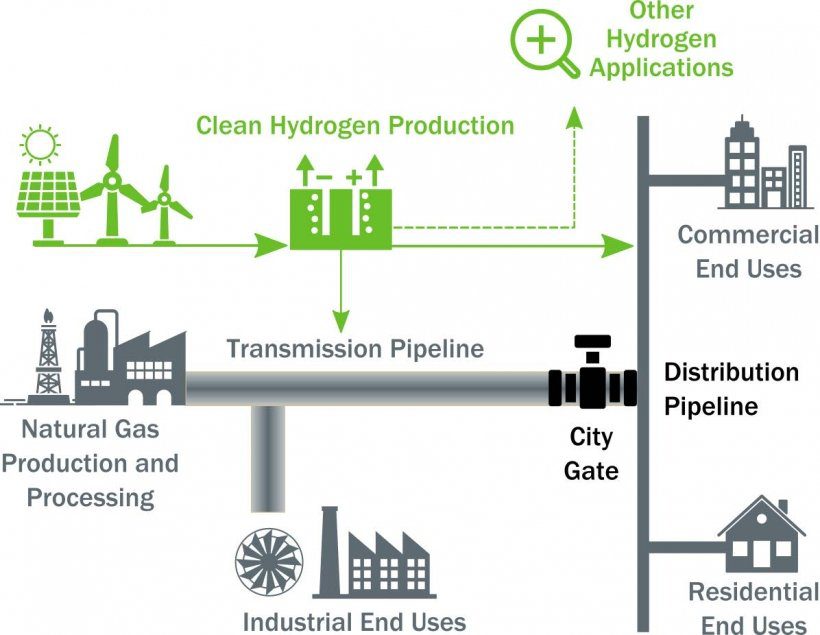
HyBlend: Opportunities for Hydrogen Blending in Natural Gas Pipelines (U.S. Department of Energy)
In the U.S., utility companies are starting to blend green hydrogen into natural gas pipelines to generate heat and power for homes and businesses with lower emissions than using natural gas by itself. As communities test pilot programs, and states look at expanding the availability of hybrid fuel, RK&K is working with communities to offer sustainable solutions for cleaner and greener infrastructure.
Now that RNG technologies are well established, we are seeing significant interest from both water and energy utilities.”DJ Wacker, PE / Wastewater Project Manager
“Now that RNG technologies are well established, we are seeing significant interest from both water and energy utilities,” said Wastewater Project Manager DJ Wacker, PE.
“RK&K has provided professional services to both sectors for decades and clients are recognizing RK&K as a valuable resource as they explore the RNG market.”
The new law also includes $3 billion for Neighborhood Access and Equity Grants, which help mitigate the danger of overbuilt arterial roadways, especially in economically disadvantaged communities. These grants can be used to redesign roadways to make them safer, providing more mobility options for people in the community.
“Equity and sustainability are the cornerstones of our planning and design processes.”Melissa Miklus, PLA, ASLA / Senior Project Delivery Leader
RK&K’s Healthy Communities Team’s unique combination of landscape architects, planners, engineers, sustainability consultants, and public engagement specialists approach transportation and placemaking projects through the lens of human-centric, environmentally conscious design. It’s an approach championed by the American Society of Landscape Architects.
“Equity and sustainability are the cornerstones of our planning and design processes,” said Senior Project Delivery Leader, Melissa Miklus, PLA, ASLA. “Using American Community Survey data, we often begin transportation network projects by conducting a geospatial equity analysis. This helps us understand the composition of the community we are working with and identify gaps in the pedestrian and bicycle network where people live who NEED walking, biking, and access to transit infrastructure.”
Inclusive public engagement is also critical when working with communities to identify areas of need and develop design solutions for safe intersections and roadway crossings, transit hubs, community gathering spaces, and bicycle infrastructure throughout neighborhoods like Washington, DC’s Rock Creek as illustrated in our recent livability study.
“We believe our role is to first listen, then educate the public about the tools available to them to improve safety, circulation, and environmental impacts,” said Miklus. “The communities design places with their vocabulary, desires, and needs, we are just the hands who draw the spaces and work through construction details.”
Closing streets or borrowing roadway space for parks, gathering spaces, outdoor dining, and other civic uses continue to trend as desired in communities from urban cores to suburban centers. Collaborating with community leaders in Baltimore on 26th Street Green through several charrettes resulted in a community garden with self-watering planters, a vibrant street mural that reflects the cultural of the Charles Village neighborhood, and an event space that hosts small gatherings, children’s birthday parties, and large community festivals.
“As communities become more conscious and educated about mitigating climate change, incorporating green infrastructure in these spaces is surfacing as a top desire,” Miklus noted. The complete streets project for Draper Road in Blacksburg, Virginia exemplifies how culture, history, transportation, placemaking, economic vitality, and green infrastructure are woven together to create safe, comfortable, and sustainable streetscapes.
RK&K also provided program management services for the $480 million Frederick Douglass Memorial Bridge project in Washington, DC. At the project’s opening, Mayor Muriel Bowser said it was “key to connecting residents to jobs and prosperity and connecting the entire community to the future of multi-modal transportation.”
Even in the most bustling urban areas, successful, major green infrastructure is possible. Project Delivery Leader Patrick DiNicola, REM shared how lessons learned from large-scale construction management and construction inspection services for green infrastructure installations for DC Water’s innovative Clean Rivers Project will pave the way for successful delivery of green infrastructure on future projects.
“There is a large need for building green infrastructure to mitigate many types of environmental issues, including stormwater management, heat island effect, and climate change,” DiNicola said. “In urban areas like Washington, DC, you are not able to build traditional stormwater management wetlands and detention ponds. This experience gave us a lot of insight on constructing and designing these facilities, which we can use on future tasks for DC Water and other clients.”
